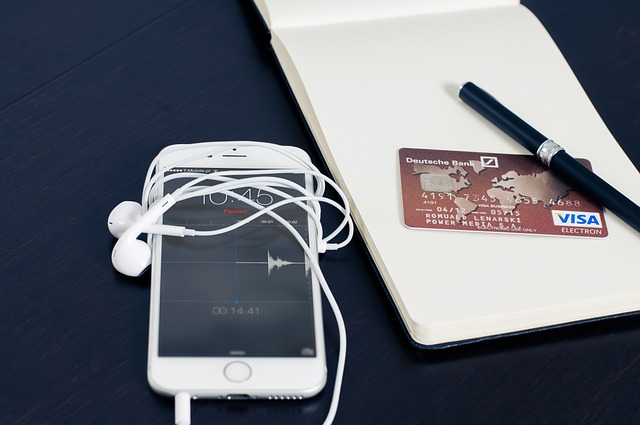Depending on the country and travel purpose, applying for a visa offers different kinds of challenges. In any case, you need a high-quality, fully-compliant photo to go with your application. In this article, we’ll cover how you can get a proper visa photo formatted to the right background (and other) requirements without leaving the comfort of your home.
Check the photo requirements for the visa you’re applying for
First, you should know the parameters required for the photo of your visa application. Countries have different requirements for background, size, proportions, printing paper, picture recency, and others.
Knowing the photo specifications lets you understand how your shot should look, so you can process and check it accordingly. Photo requirements are usually available on the websites of the countries’ embassies, foreign affairs ministries, visa processing centers, and other related resources. Here is a handy and up-to-date list of all the existing visa photo requirements worldwide.
Get a portrait of yourself
Now, we get down to the business of actually making your photo. For homemade professional-quality photos, there are two ways you can go:
Option 1: choose a recent portrait/selfie fitting for a visa photo
If you have a recent photo of yourself where you are looking straight at the camera, with your head parallel to the ground and face fully visible, you may have a photo fitting for a visa application.
Note that the background and sizing do not matter here. During the next process, you can get it adjusted to fit the visa requirements.
Remember that your photo must be recent. For example, some visa applications require photos no older than a month old, while others require photos no older than six months. Usually, the fresher photo is, it is the better.
Option 2: take a photo of yourself on any background
If you do not have such a photo, you can take one yourself. If you’ve read the first option, you would know that background and sizing do not matter. What matters is that you take a picture of yourself with good lighting and fulfilling all appearance requirements, such as dress code, hairstyle, glasses, posing, and accessories.
After you have a good picture for your visa application, you can proceed to its processing. To ensure your photo editing goes as smoothly as possible, read our tip on photo-taking below.
Note on photo-taking: choose a proper hairstyle
We’ve written about how important it is to follow the hairstyle requirements in general, but here we will explain it further.
Hairstyles can be tricky as hair can cover your face and ears, so it is important to keep your hair back. If needed, put it back in a ponytail, clip it, or gel it to make sure that none of it covers your face. After all, the purpose of the photo is to identify your facial features.
Having neatly styled hair also makes the background-adjusting process of your photo easier, as the automatic program will have an easier time telling apart which part of the photo is you and which one is the background.
Open Visafoto to instantly process your photo
Now that you have a photo worthy of a visa application, you can simply upload your photo to Visafoto and choose the type of visa and country you are applying for. Check the requirements on the page, and then proceed to have your photo’s background changed and formatted to the visa requirements.
Besides changing the passport photo background, Visafoto automatically adjusts the size, proportions, and even head tilt and red-eye.
After your photo is done, you can download a digital file containing a single photo — useful for online applications — and a printable template for a postcard-sized photo paper, should you need your photo printed.
Print out your photo on a postcard-format photo paper if needed
If you need your visa application photo printed, use the provided template from Visafoto. With the template, you do not need to reformat your photo’s size and risk printing photos with the wrong proportions.
Printing it on postcard-sized photo paper allows you to have multiple photos while not wasting photo paper and ink, which may be the case if you print many photos on bigger paper formats.
Before printing, make sure you have the right kind of photo paper. Besides the size, pay attention to the finish: your application may require either matte or glossy. Also, pay attention to the photo paper’s weight if the requirements specify it. As documents in applications can change hands a lot while being processed, it is important that your photo does not easily get ripped or damaged.

0 Comments